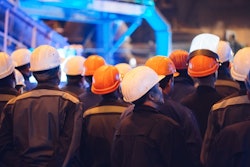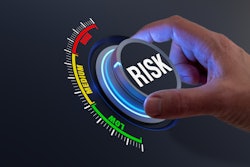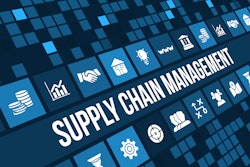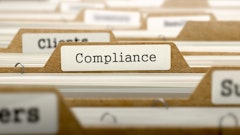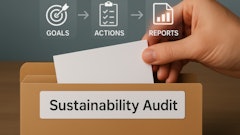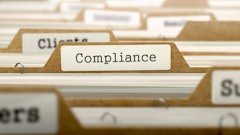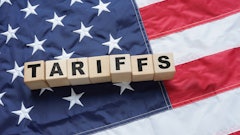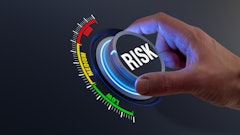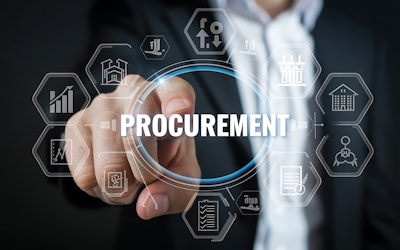
Supply chain leaders are facing a radically different landscape than they did just a generation ago. Back in the early 1990s, supply chains were largely concentrated around dominant economies like the United States, EU, and Japan. Today, economic power is far more geographically diverse. Emerging markets, including the BRICS+ countries (Brazil, Russia, India, China, and South Africa), now account for nearly one-third of global output while the share of any single bloc is shrinking, according to the IMF World Bank.
 IMF World Bank
IMF World Bank
This multipolar world is marked by dozens of active conflict zones, escalating geopolitical tensions, and a growing range of threats impacting not just headquarters, but supply chains and end markets around the world. At the same time, the explosion of open-source information, including news reports, social media, and government alerts, has made it harder than ever to discern what truly matters. Succeeding in today’s environment depends on the ability to filter signal from noise and adapt how risk intelligence is gathered, analyzed, and applied.
Better signals beat bigger headlines
For decades, supply chain leaders have leaned on country risk reports from international organizations. These resources are detailed but outdated by the time they arrive, leaving decision-makers struggling to keep pace with today’s volatile geopolitical environment. To fill the gap, many supply chain risk managers turn to headline monitoring, which offers immediacy but tends to amplify the loudest stories rather than the most meaningful signals. For example, a viral tweet from a high-profile politician may dominate the news cycle yet have little operational impact, while a quiet policy shift in an emerging market country could reshape supply risk and costs for years. The problem is that “click-worthy” headlines often receive outsized attention, while under-the-radar developments can carry far greater implications.
With attention to the right signals, like quantifiable trade policy shifts, sanctions and regulatory changes, leaders can move from reactive crisis management to proactive optimization, like rerouting logistics in the face of emerging threats, reassessing vendor exposure to political instability, and aligning operations with broader risk tolerance.
The risk intelligence trifecta
Managing geopolitical risk requires far more than general risk expertise. Each region brings unique political, cultural, and linguistic nuances that demand local understanding. Enterprises can’t simply reassign a traditional risk manager and expect them to monitor these dynamics, nor can one person credibly cover the globe without sufficient data and insights incorporating these complex dynamics.
Instead, the most effective risk intelligence strategies are ones that rely on a trifecta of human oversight, interoperable data, and AI/ML-powered detection.
- Human oversight: Analysts on the ground, with native language skills and deep regional fluency, provide the contextual judgment needed to separate transient shocks from systemic risks. Their ability to verify events, interpret nuance, and draw on trusted local networks ensures that intelligence is rooted in reality, not noise. This expertise is the foundation of geopolitical risk intelligence.
- Interoperable data: By layering geopolitical risk signals, supply chain maps, location intelligence, weather data, commodity prices, and physical asset data into a rich knowledge graph, organizations can uncover hidden dependencies and downstream exposures that static country-level assessments often miss. This integration highlights supply chain vulnerabilities, such as how unrest in one region could ripple through supplier networks halfway across the world. However, for many organizations linking physical assets, suppliers, and customers creates a complex global network that is too large for manual monitoring. This is where technology can help scale this analysis.
- AI/ML detection: AI can sift through mountains of data and unearth patterns that signal genuine threats, anomalies, or opportunities. Intelligent systems can monitor millions of media sources, government advisories, and public sentiment to detect patterns like rising mentions of labor strikes in a manufacturing corridor or trade friction across a specific border. But AI doesn’t replace experts; it extends them. Models learn from human guidance, surface emerging patterns, and then feed those signals back to analysts, who determine whether the trend warrants further investigation or action.
Semiconductors as a case study
Few industries illustrate the need for a risk intelligence trifecta more clearly than semiconductors. Chip production relies on thousands of specialized inputs, many concentrated in just a few regions. This creates acute fragility: a local labor strike, export restriction, or natural disaster in one country can cascade across the globe, crippling supply chains. With high supplier concentration, even a single disruption can stall production for entire markets.
 Bloomberg
Bloomberg
On-the-ground analysts in hubs like Taiwan or the Netherlands provide the context to separate transitory shocks from structural threats, ensuring alerts are rooted in local realities. However, it’s not just these two countries analysts need to review. It can quickly become hundreds of countries and thousands of companies, as the following image shows. The rapid expansion in scope highlights why resilience depends on three pillars: human expertise for context, interoperable datasets for visibility, and AI to manage scale. Together, these capabilities turn fragmented signals into actionable foresight, giving semiconductor companies and their customers the visibility they need to anticipate and adapt.
Linking risk signals to smarter decisions
A new model of supply chain risk intelligence is emerging that blends human expertise, structured data, and AI-driven detection into a continuous feedback loop. Rather than reacting after disruptions strike, forward-looking organizations are weaving these insights into procurement, logistics, and vendor management, turning geopolitical risk from a blind spot into a source of resilience and competitive advantage.




